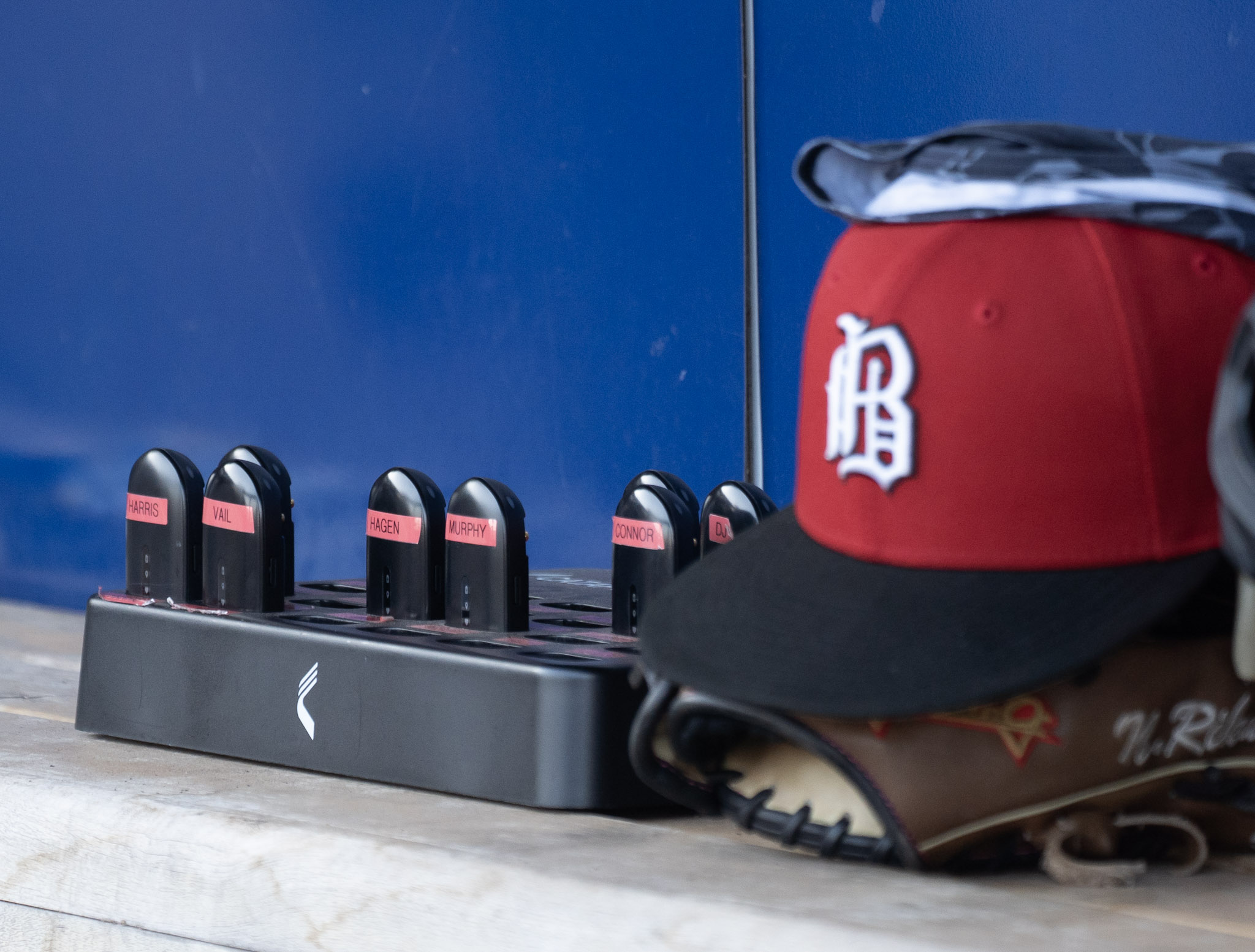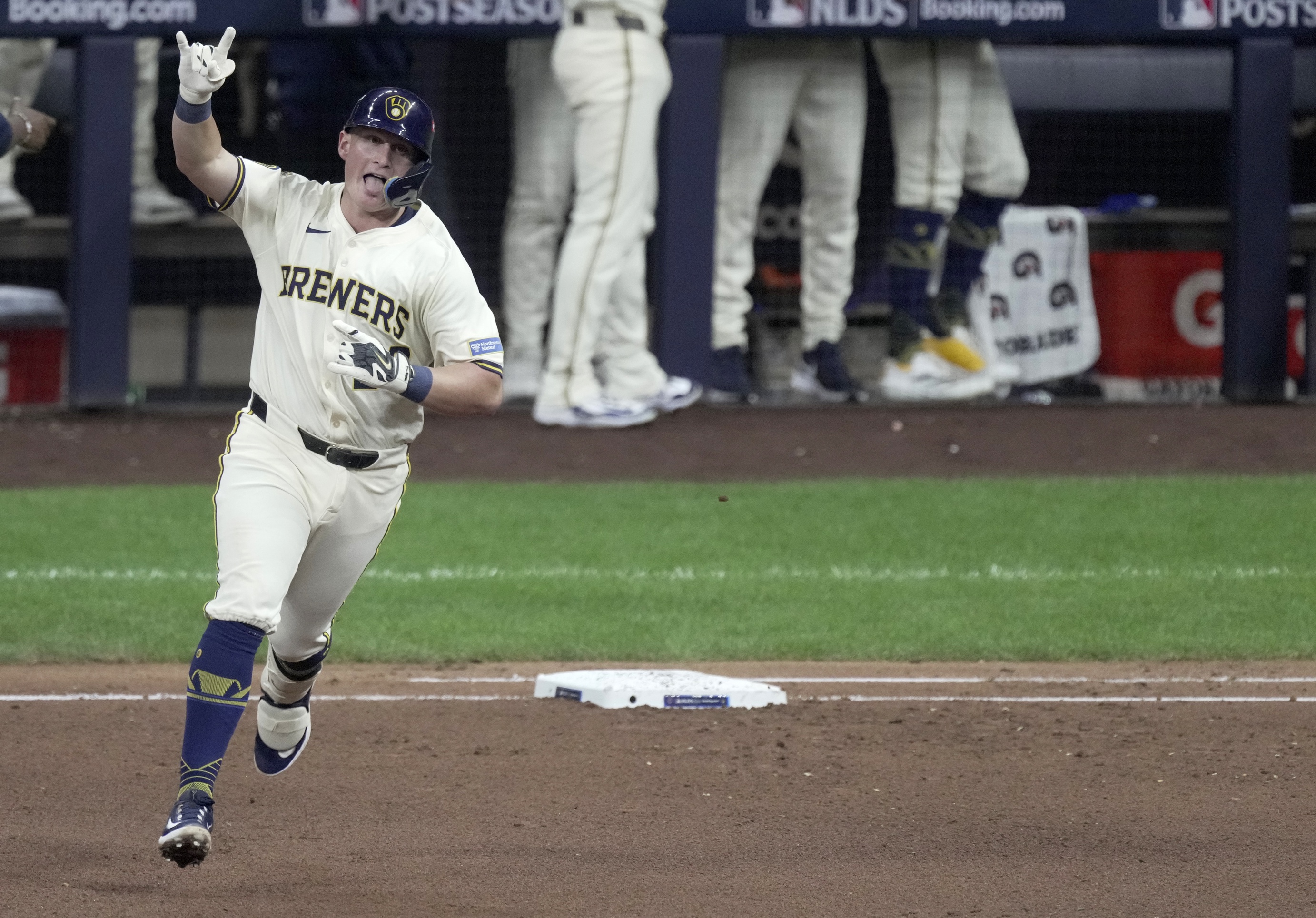With the White Sox roster essentially set and players reporting to camp, it's time to look back on the winter that was and grade the offseason decisions. I've done this in past years over at South Side Sox, and this will be my fourth annual installment of this series.
I'm going to provide an individual evaluation of every move involving major league players or major league commitments. I'm excluding minor league signings, the Rule 5 draft, and waiver claims from the individual move assessments because even though some may have a some real impact, they generally boil down to either "no risk, but with upside" or "a little extra depth can't hurt." The next minor league signing that deserves an “F” will be the first. However, I will take these moves into account for the final grade.
I'd like to elaborate a little more on the grading scale than I have in past years. Here are broad definitions I'll use for the various letter grades. The rationale for the scale as a whole is that most moves that major league teams make are helpful to their goals and have a good deal of logic to them.
For some orientation, I would consider a perfectly average move to be somewhere on the C+/C borderline.
Grade A - This includes moves that either are extremely significant in pushing a team toward its goals, involve "beating the market" (i.e. fleecing another team in trade, signing a key free agent at a very noticeable discount, etc.), or are otherwise brilliant for their fit or use of resources. For example, last year's trade of Chris Sale earned an "A" for both being the most critical trade of the rebuild and accomplishing the difficult task of attaining fair value for one of baseball's most valuable assets to ever be on the block.
Grade B - Like an "A" move, but less superlative. "B" moves represent above-average decisions and are generally remarkable in some way. I put the Nate Jones extension from the 2015-16 offseason in this range.
Grade C - This includes moves that are helpful to a team's goals, but relative to other moves, are not notable for their brilliance, fit, or cost-effectiveness. They are generally reasonable decisions and preferable over doing nothing. Bringing in Derek Holland last season was a good example, even though it didn't turn out great.
Grade D - While not all-out blunders, Grade "D" moves are not obvious steps in the right direction. This section of the scale includes either moves with questionable strategic fit, moves with a difficult-to-accept risk/reward ratio, moves with preferable and seemingly feasible alternatives, or total nothingburgers. Signing Jacob Turner in late 2015 for guaranteed money without much place to put him fits into this range.
Grade F - "F" moves are actively harmful to a team's goals. The most recent example of an "F" is non-tendering Tyler Flowers to sign Dioner Navarro, which would later demonstrate the cruel intersection of an awful thought process and unfortunate results.
Decisions to tender or non-tender a player along with choosing whether to pick up a team option are binary decisions, so they’ll be evaluated on a pass/fail basis.
On we go...
No. 1: Signed C Welington Castillo to for two years, $15 million, with 2020 team option
In a rebuilding year, the White Sox would have been justified in letting Kevan Smith and Omar Narvaez handle the catching duties for another season to see if either could manage a step forward. For that reason, it registered as something of a surprise when the White Sox inked Castillo at the beginning of December. It may have seemed unnecessary at the time to pursue a catching upgrade, but the more I think about this move, the more I feel that the White Sox really needed to do something like this.
The single most important task for a White Sox catcher in the next two years is to help break in the young pitching staff and help them to gain their footing in the major leagues. Aside from the intangible psychological aspects of the job, there's four main ways a catcher can do that:
- Call a good game
- Block pitches in the dirt
- Control the running game
- Get called strikes with good framing
There's little but narrative-based information to go off of for the first one, so I'll focus on the last three. Castillo is one of the best catchers in baseball at keeping the running game in check (he had the second-best Swipe Rate Above Average last year among catchers with a significant sample) and has long been above-average at blocking pitches. When it comes to a pitcher's frame of mind, having a catcher who can help keep runners at bay is a big help. That's especially true when one of the bases of comparison is Smith, who was the equivalent of a squatting green light.
That leaves the matter of framing, which has statistical value that dwarfs that of blocking and throwing (even though the psychological value to a pitcher may be comparable). Castillo was horrible at receiving before last season, but he registered as a net positive in 2017. The $15 million question for the White Sox is whether that was a blip or a sign of things to come. This nugget from James Fegan may not guarantee the latter, but it's definitely a nice reason for optimism.
https://twitter.com/JRFegan/status/936691399440961536
Neither Smith nor Narvaez was a Navarro-sized problem behind the plate, but neither proved to be a skilled defender. If Castillo's improved framing holds, he could be an all-around strong defensive asset for the White Sox. Even if his receiving slips slightly, he's still a better defensive option than the incumbents and Zack Collins, who may or may not be a catcher in the major leagues.
All of this is to say nothing of the fact that Castillo is a very good offensive catcher who will help the White Sox win games with his bat, which will be important in 2018 and more so in the years to come.
Decision Grade: B+
No. 2: Tendered contracts to:
- Jose Abreu - Pass
- Avisail Garcia - Pass
- Yolmer Sanchez - Pass
- Carlos Rodon - Pass
- Danny Farqhuar - Pass
- Leury Garcia - Pass
No. 3: Non-Tendered:
- Jake Petricka - Pass
- Zach Putnam - Pass
- Al Alburquerque - Pass
A few of these would have been defensible either way; the White Sox drew the line exactly where I would have.
No. 4: Traded 2B Jake Peter to the Los Angeles Dodgers for RHP Joakim Soria, LHP Luis Avilan, and cash
It was a no-brainer for Rick Hahn to seek out relief help this offseason, and bringing in Soria and Avilan helped to stabilize the bullpen depth chart. The single biggest reason this move is useful is that it allows the White Sox' young pitchers to develop in roles (and at levels) for which they're currently suited.
The Sox are likely hoping that Soria can build up some trade value before the trade deadline, but it's hard to imagine the return being tremendous, particularly since he'll still be owed a minimum of $4 million at the end of July (some of which the White Sox could eat). Avilan should be a good fit as a LOOGY with the potential for more, but similar to Soria, his value is more likely to come from stabilizing the lefty pecking order in the bullpen than as a trade chip that brings back something important.
That brings us to Peter, whom the White Sox didn't prioritize for protection from the Rule 5 draft. Peter's bat exploded at Charlotte (.292/.351/.506) late in the year and has a chance to be a quality offense-first utility option. The White Sox offset his loss by bringing in Jose Rondon, who seems to be a lesser asset, but a more versatile one (which may be important given Tyler Saladino's back issues).
In the end, it's a fine trade. However, it does seem the White Sox could have acquired similar relief help without losing their only remotely interesting middle infielder in the upper minors.
Decision Grade: C-
No. 5: Signed RHP Miguel Gonzalez for one year, $4.75 million
With Carlos Rodon's health in doubt and several young arms slated to take up slots in the rotation, the White Sox needed another stable arm to soak up innings. Gonzalez fits the bill quite well. After a stint early last season where it looked like he shouldn't be in the majors anymore, Gonzalez gave us some reasons later in the summer to believe that his struggles were injury-related, as a strong stretch ultimately allowed him to be traded for a fringe prospect. He's a good clubhouse presence with whom the White Sox' coaches and roster are already familiar, so there's intangible advantages here as well.
Decision Grade: C+
*************************
Overall Assessment
Compared with what we've seen every year since Rick Hahn took the helm, this was a "boring" offseason. That's alright, because it was kind of supposed to be a quiet one. The White Sox did the heavy lifting on their rebuild last year and other than potentially an Avisail Garcia trade, it was unlikely that there would be any earth-shattering developments. 2018 is mostly going to be about figuring out what the White Sox have in their young players, so the winter was spent tying up some loose ends. The Sox needed relievers, so they acquired relievers. They needed a durable innings guy and signed one. On the position-player side, not much needed to be done, but they took what looks to be a good gamble on a catcher that should facilitate the development of pitching prospects and help a young roster transition into a winning one over the next few years.
Essentially, the White Sox used the winter to address their mild needs and adhere to their current course. They didn't stumble into any major blunders (such as paying up for Christian Yelich or one year of Manny Machado) or do anything that would impede the progress of their young players. The White Sox accomplished what they needed to get done; it's just that what needed to get done wasn't all that significant.
Overall Grade: C+






